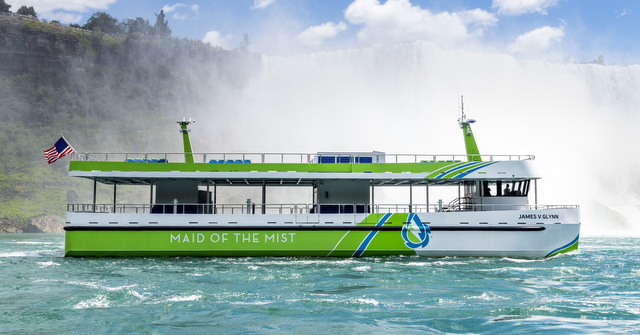4 Keys To a Successful Move To Electrification
Transitioning the transportation sector to electricity is going to be transformative, and not just to the incumbent industry; it will create new companies, jobs, and change how we interact with our cars, trucks, buses, trains and ships. However, industry transitions of this scale do not happen in a vacuum. To position the country as a leader and to ensure that the maximum economic benefits equitably reach the most people, policymakers must create the market conditions for a healthy and sustainable electric transportation industry to grow.

The good news is that governments have a long and successful history of supporting the growth of new industries and technologies and a proven playbook: from research & development funding, deployment grants and tax credits to deployment targets, permitting regimes, zoning changes and more.
A soup-to-nuts policy playbook can deliver the economic benefits of zero emission transportation. Foundational investments in research, development and deployment of vehicles and charging are needed. Incentives and policies that drive demand like tax credits and rebates for vehicles and charging infrastructure can be implemented, along with strong zero emission vehicle (ZEV) deployment targets. Hyperlocal, everyday life policies, like creating new right-of-ways for charging in public spaces, instituting EV-ready building codes that make it easy to add charging, and incentivizing multi-unit dwellings and rural communities to install charging infrastructure, will complement state and federal action.
As policymakers craft transportation electrification programs to support market and economic growth, they should consider four e-mobility policy principles:

(1) All Transportation Segments Matter. Zero emission transportation policies must give adequate attention to each transportation segment, not just a particular slice of the market. The economic and climate opportunities associated with transitioning the fleet to electric span from passenger cars to transit buses and long distance trucking as well as ferries and ships. While passenger cars may be the most directly relatable to most people, medium- and heavy-duty vehicles and trucks account for a large share of transportation emissions. Similarly, vessels operating in and around ports add local emissions to already poor air quality regions, which often disproportionally impact disadvantaged communities. Importantly, each transportation segment has unique barriers to going to zero emissions.
(2) Flexibility is Paramount. Zero emission transportation policies must provide maximum flexibility to the varying industry stakeholders to find the right fit for their needs; failure to do so could lead to inequities in the market and slower adoption across transportation fleets. There is no one-size-fits-all electrification solution; on the contrary, there are typically four variables at play when going electric. First, different types of operators need different types of vehicles and vessels—a passenger car’s battery is different from a truck’s, or a bus’— in size and charging capability. Similarly, the operational needs of a passenger ferry, which operates a set route with a set payload, are different from a harbor tug, whose duties vary and needs extra power for pulling other craft. Second, the charging technology needed varies based on how the vehicle or vessel is operated—does the truck or bus need a quick charge along its route or can it charge more slowly overnight back at the depot? Does a boat return home to port at night, like a ferry, or does it continue on a long journey like an inland river barge? Third, the business models for how zero emission vehicles, trucks, buses, ferries, barges and tugboats are owned, operated and charged are numerous, still developing and need some latitude to figure out how to optimize their commercial operations. Fourth, regional differences in population density, electric grid infrastructure, travel distances and air quality demand different solutions. Often these factors are all intertwined and rely on each other in the race to successful commercialization and scale.

(3) Require Open Standards & Interoperability. Open standards and interoperability of vehicle, vessel and charging technologies offer the most economical, innovative and customer friendly way to scale up and deploy zero emission vehicles. Open standards pave the way for high utilization as more charging assets can be used by more vehicles or vessels, all the time. And they provide a common platform with a low barrier to entry for all stakeholders and innovators to develop and deploy new and cost-competitive solutions with the most choice to fleet operators as well as consumers.
(4) Evolve with the Market and Technology. Policies and regulations must keep pace with the changing landscape and resist urges to set hard requirements that artificially define markets. Policies intended to encourage further growth, and regulations intended to manage that growth, should take care not to favor particular vehicles or vessels, business models or charging technologies. While often well-intentioned, overly specific policies hamper innovation in both technology and business models at a time when the industry is still experimenting with how to sustainably deliver electric transportation products, services and value.
Electrification will have a dramatic impact on the transportation system and will benefit all Americans, whether they own an electric vehicle or not. To ensure that the US maximizes the economic benefits to the domestic economy and industry, policymakers must implement a multi-layered approach to creating the market conditions for businesses and innovation to flourish.
Story by Asaf Nagler.
Make sure to opt-in to the Clean Fleet Report newsletter (top right of page) to be notified of all new stories and vehicle reviews.

1 thought on “Opinion: Innovative policy will help America lead the transition to EVs”